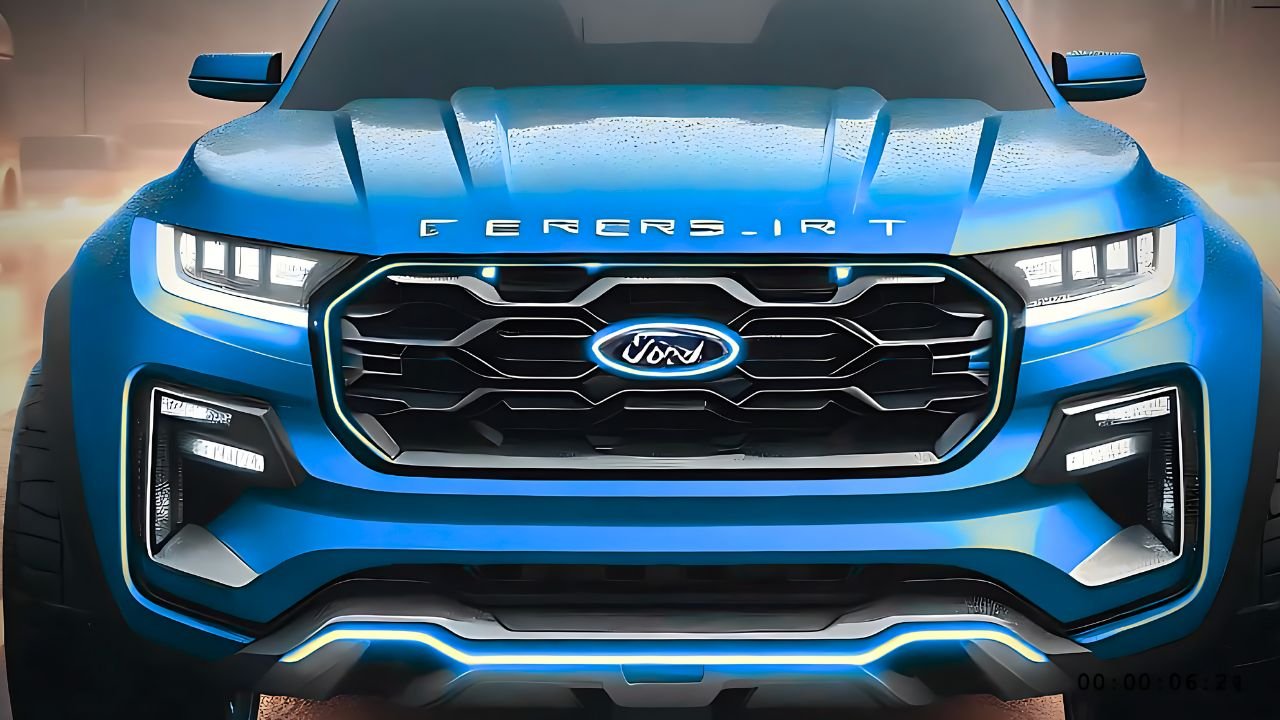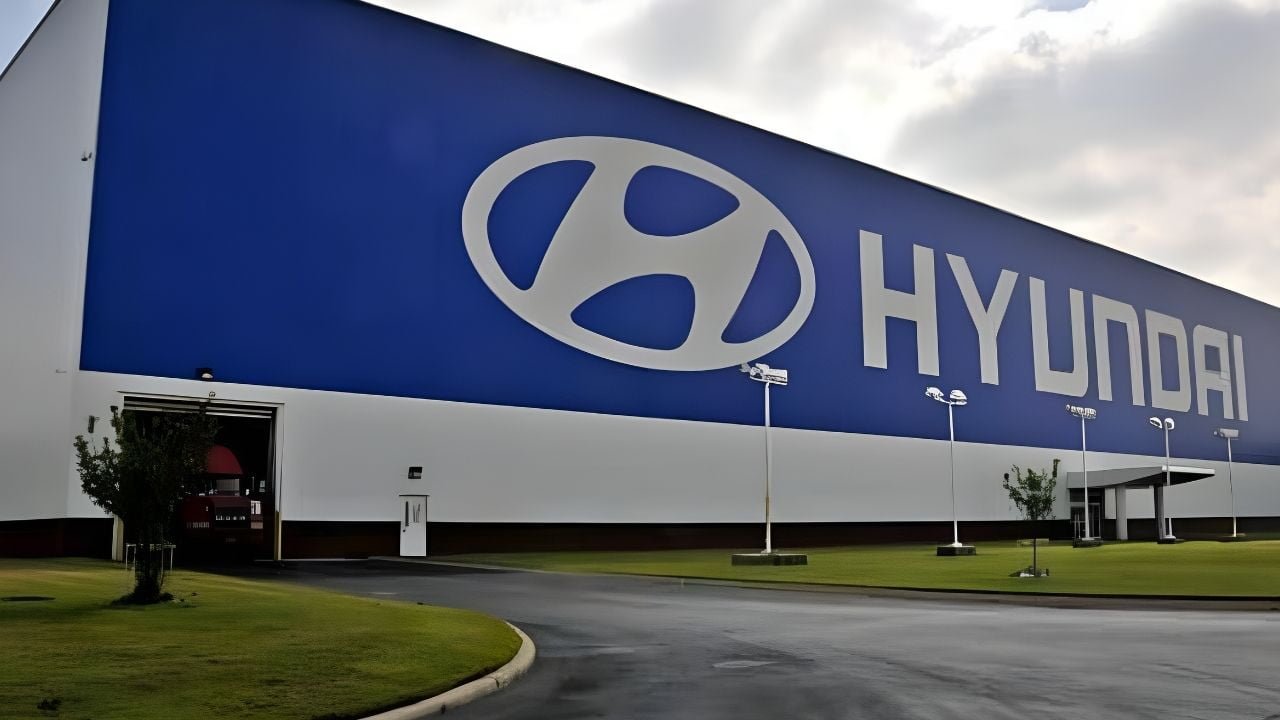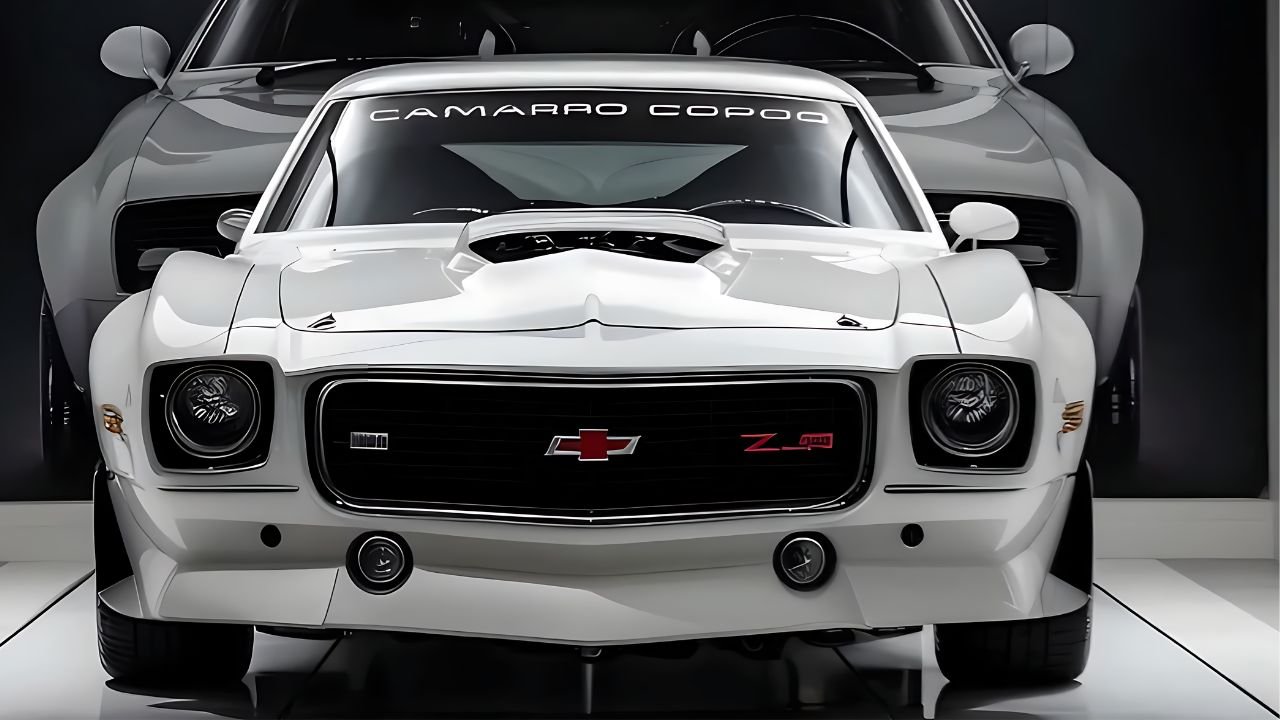Which Toyota Highlander Years Should You Avoid? A Detailed Analysis
June 20, 2024 | by
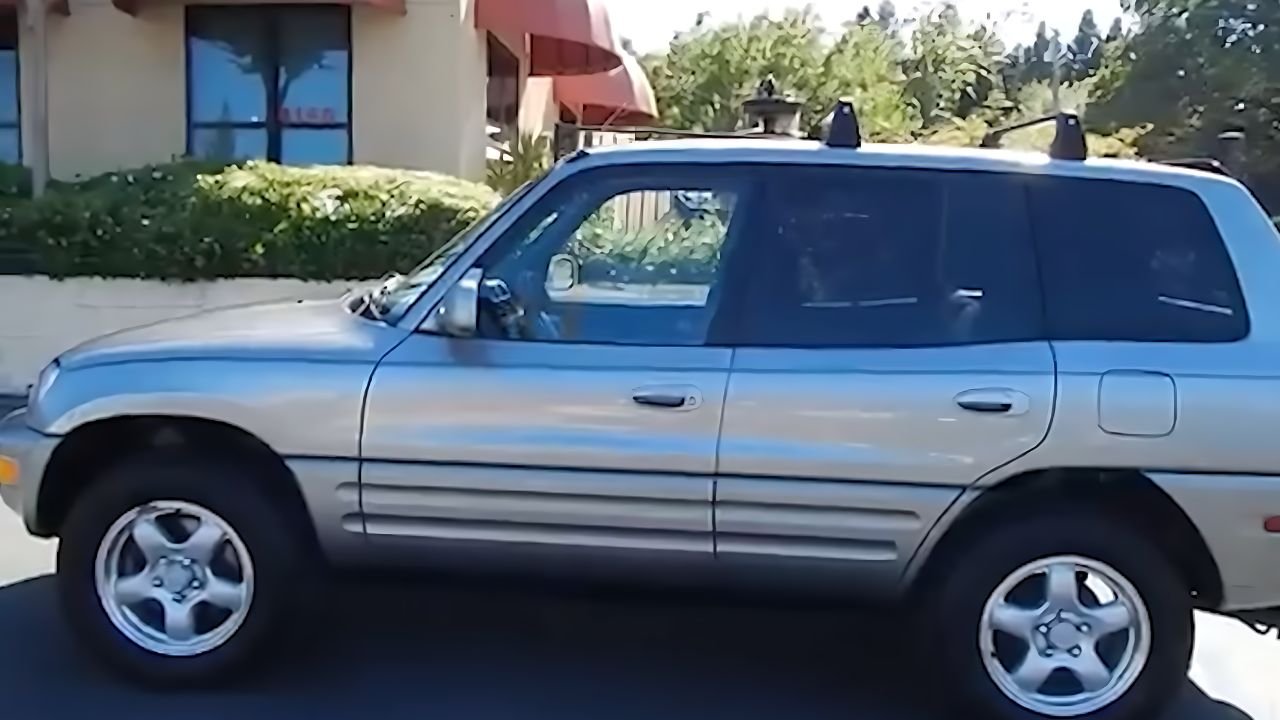
The Toyota Highlander, it’s the triathlete of SUVs. Hi, I’m Andrew, your car angel, and in this blog post, I’m gonna be going through all of the generations of the Highlander, highlighting some of the problem areas that it’s had throughout the years. And I’ll also be discussing why I think this car is one of the best vehicles ever built. It does everything, and it does it very well.
Table of contents
Toyota Highlander years to avoid

When considering a used Toyota Highlander, there are several specific model years that stand out due to recurring issues reported by owners and automotive experts alike. These issues range from mechanical failures to electrical malfunctions, impacting both performance and safety. Let’s explore each problematic year in detail:
1. 2003 Toyota Highlander

The 2003 Toyota Highlander, part of the first-generation lineup, encountered several reliability issues that have been highlighted by owners and industry experts. Common complaints include:
- Engine Performance: Many owners reported issues with engine reliability, including premature wear and frequent breakdowns.
- Electrical Problems: Wiring harness issues and electrical shorts were commonly reported, affecting various vehicle systems.
- Transmission Concerns: Some owners noted transmission slipping and rough shifting, indicating potential transmission failures over time.
While the 2003 Highlander offered solid utility and comfort, these mechanical and electrical issues have led to its inclusion on the list of years to avoid.
2. 2008 Toyota Highlander

As Toyota introduced the second generation of the Highlander in 2008, expectations were high, but the reality fell short for many owners. Key issues reported for the 2008 model year include:
- Brake System Failures: Numerous complaints were filed regarding brake system malfunctions, including premature wear of brake components and brake fluid leaks.
- Electrical System Flaws: Wiring harness problems and intermittent electrical failures were common, leading to issues with dashboard lights, power windows, and other electronic components.
- Suspension and Steering Concerns: Owners reported issues with steering responsiveness and suspension noise, impacting overall driving comfort and safety.
Despite its sleeker design and upgraded features, the 2008 Highlander struggled with reliability issues that have affected its long-term desirability in the used car market.
3. 2014 and 2015 Toyota Highlander

Moving into the third generation, the 2014 and 2015 Toyota Highlanders were expected to build upon Toyota’s reputation for reliability. However, these model years have faced significant criticism due to specific recurring issues:
- Engine Problems: Many owners reported excessive oil consumption and engine knocking, indicating potential internal engine defects.
- Fuel System Issues: Fuel pump failures and fuel tank leakage were reported by several owners, necessitating costly repairs and impacting fuel efficiency.
- Electrical Challenges: Continued issues with electrical wiring and sensor failures were noted, affecting dashboard displays and vehicle diagnostics.
Despite updates in technology and safety features, the 2014 and 2015 Highlanders have been marred by these recurring mechanical and electrical problems, making them less attractive options for used car buyers.
4. 2017 Toyota Highlander

As Toyota continued to refine the Highlander in the third generation, the 2017 model year encountered its share of reliability issues, despite positive reviews in other areas:
- Safety System Failures: Reports of airbag sensor malfunctions and electronic stability control issues were prevalent, impacting vehicle safety ratings and owner confidence.
- Transmission Concerns: Some owners reported transmission slipping and delayed gear engagement, suggesting potential transmission failures under certain driving conditions.
- Electrical and Infotainment Problems: Connectivity issues with the infotainment system and intermittent electrical failures were common, affecting user experience and long-term reliability.
While the 2017 Highlander received accolades for its performance and comfort, these ongoing reliability concerns have affected its overall reputation among used car buyers.
Common Issues Across Problematic Highlander Years
Beyond specific model years, certain issues have been recurrent across multiple generations of the Toyota Highlander. Understanding these common problems can help you assess any used Highlander you’re considering:
Engine Reliability
- Oil Consumption: Several Highlander model years have been noted for excessive oil consumption, potentially leading to engine damage if not addressed promptly.
- Timing Belt/Timing Chain: Maintenance issues related to timing belt or timing chain replacements have been reported, impacting long-term ownership costs.
- Engine Vibration and Noise: Owners have reported engine vibrations and unusual noises, indicating potential internal engine issues that require professional diagnosis and repair.
Electrical System Failures
- Wiring Harness Problems: Wiring harness issues have affected various vehicle systems, including lighting, audio systems, and engine management systems.
- Battery Drain Issues: Some Highlanders have been noted for battery drain issues, leading to unexpected vehicle stalls and electrical system failures.
- Sensor Malfunctions: Problems with sensors, including oxygen sensors and airbag sensors, have been reported, impacting vehicle performance and safety.
Transmission and Drivetrain Concerns
- Transmission Slippage: Reports of transmission slipping and delayed gear shifts have been noted, potentially indicating transmission fluid issues or mechanical failures.
- Drivetrain Noise: Owners have reported drivetrain noise, suggesting potential problems with differential or axle components that require inspection and repair.
Brake System Issues
- Premature Brake Wear: Some Highlander models have been noted for premature brake pad and rotor wear, necessitating frequent brake system maintenance and replacement.
- Brake Fluid Leaks: Reports of brake fluid leaks have been reported, affecting brake performance and requiring immediate attention to prevent safety hazards.
Toyota Highlander: Years to Consider
Despite the highlighted concerns, several model years of the Toyota Highlander have received positive reviews for reliability and overall owner satisfaction. These model years are generally considered safer bets for used car buyers:
- 2001-2002: Early model years with fewer reported issues and solid performance.
- 2005-2007: Mid-generation models with improved reliability and updated safety features.
- 2009, 2013: Transitional years with refinements in engine performance and interior comfort.
- 2016-2021: Later generation models with enhanced technology and safety features, offering improved reliability and longevity.
First Generation (2001-2007)

The Highlander debuted in 2001 as one of the earliest examples of a true crossover. Remember, 2001, there wasn’t that much going on.
Now, the Highlander was a car that filled the gap between the Toyota RAV4, which was a proven little car but lacked family size, and the 4Runner, which was much bigger but built on a truck chassis. So, they needed a vehicle that was big but handled like a car.
The first-generation Highlanders were all built in Japan at the Miyata plant in Miyawaka. Now, I considered this era of Toyota production the high-water mark of Toyota quality.
Just go to sites like AutoTrader or CarGurus, and you will see plenty of these Highlanders, especially the ones with the six-cylinder, being sold with over 200,000 miles, still running strong and selling for good money.
Engine Options and Reliability
The first-generation Highlander came in two engine types. You had the 2.4-liter four-cylinder, which had some problems, and I’m going to get into that a little bit later in this video. And it also came with the 3.0-liter V6. Now, that is the engine of choice in the early Highlanders.
I did a video on the Lexus ES 300, which had the 3.0 engine in it, and that car had 596,000 miles on the original engine, which is really incredible. But it’s a testament to how tough those engines are.
The 2.4 that I mentioned, and that’s the 2AZ-FE engine from Toyota, found its way into the Scion, the Camry, the Matrix, the RAV4, and of course, the Highlander. And the problem with that engine over time that only shows up as the miles start piling up is a heat dissipation problem.
It has to do with the head bolts getting stripped. This has become a pretty common problem in older 2AZ-FE engines. So, if you’re going for one of the early-generation Highlanders, just stick with the 3.0. That’s a much better choice.
Timing Belt vs Timing Chain
Many people ask me whether their Highlanders have the timing belt or a timing chain. I have a complete list that I’ll put here in a link and also put in the description below.
But basically, all you have to know is that all Highlanders with the four-cylinder engine in them have a timing chain, period. No exceptions. The timing belt showed up between 2001 to 2007 in the six-cylinder, and 2008 and after, they’re all chains.
There was one exception to that, and that’s the Highlander Hybrid, which in 2006 to 2010 had a belt. And the reason that exception happened was because that 3.3-liter engine was retained in the hybrid model all the way up to 2010, whereas the non-hybrid models in 2008 got the 3.5 engine.
Maintenance Tips for 3.3 Engine
If you’re going for a Highlander with that 3.3 engine in it, you’re going to have to know about one thing that happens at 100,000 miles, and that is replacing the spark plugs. Now, you’d think that replacing the spark plugs would be fairly straightforward on any car.
But in the Highlander with the 3.3 engine in it, it is not so easy. It’s the back three cylinders that are next to the firewall, just crammed in there. And in order to access that, whoever is going to be doing your spark plug replacement has to lift the plenum off. It’s not an easy fix.
Just know, if you’re looking for that 3.3 Highlander, then make sure that either it’s had the spark plugs replaced or if not, that you factor that into your purchase price.
Highlander Hybrid Issues
If you’re looking at a 2004 to 2007, you definitely want to go with the 3.3 with the better five-speed transmission.
Now, during the first generation of the Highlander, Toyota introduced the hybrid. That was 2006. That hybrid system only had one problem, and it was a major problem.
And that was the inverter. Now, there was a recall for all Highlanders between 2006 to 2011 about that inverter. Now, that inverter had a faulty transistor in it, and the recall involved replacing what was known as the intelligent power module, which I guess wasn’t so intelligent after all. But that was the problem with the hybrid Highlander.
Like any hybrid, you have to watch out when it starts to rack up miles, and I’m talking above 150,000, and you have the potential for battery failure and some of the other hybrid drivetrain parts.
The reason that you have to watch out for this is because it is very expensive to replace these components. So, as a side note, I would always avoid buying a used hybrid with very high miles for that reason.
Second Generation (2008-2013)

The second generation, which ran between 2008 and 2013, brought many changes to the Highlander lineup. Vehicle stability control became standard across all models. And in 2008, the 2.4 engine was replaced with the 2.7 engine. This gave the four-cylinder a significant bump in horsepower without sacrificing any gas mileage.
Of the second generation, there were very few problems. The only thing that I can really hone in on is, for instance, this. Now, you’ll see that these small rock chips have become more like craters over time. And this will just keep growing and growing and growing until you actually have to get the front hood repainted.
I don’t know whether it was a problem with the paint or the clear coat or the primer, but you do have a problem here, and I see it on a lot of my Highlander inspections.
Otherwise, this second-generation Highlander is just built like a tank. I mean, nothing can harm this vehicle. I’ve taken this, it’s an all-wheel drive model. I’ve taken it off-road, I’ve taken it into piles of snow, I’ve taken it everywhere, and it just never fails.
It tows everything really, really well. And if you get the Highlander Hybrid, by the way, then you’re picking up the economy that this one lacks. That’s probably one of the other things that I really am down on about this car. I only get about 18 miles per gallon average. That’s absolutely horrible. If you get a hybrid model, you can up that to maybe 27, 28 miles per gallon, which is a sizeable difference.
Features and Trims
The only reason for really getting the XLE or the Limited package beyond having the six-cylinder was mostly for the leather interior, the really nice JBL stereo system, and the larger 19-inch wheels. Now, even though the third-row seat configuration makes the Highlander one of the best family cars you can buy, it does have one limitation, and that’s in the usable space behind the third-row seat.
So, you can see when it’s in the up position, you can barely get anything other than maybe a couple of carry-ons to fit in here. However, when the second and third-row seats are down, you can see just how much space you have back in this area.
Interior and Build Quality
The build quality on the Highlander interiors is rugged and long-lasting. No matter if you get the leather interior or you get the fabric interior, I find that they last a long time.
The only fault that I actually see on Highlanders on a regular basis is a very small complaint. It’s about this little spring that doesn’t really last a long time on the cover of your charging outlet. And a small thing indeed when you look at everything else and how long it lasts.
The second generation had more cup holders, which is unusual, on the inside, but actually, there was a couple on the outside as well. As you can see, the front headlights were redesigned and came with an interesting ledge that doubles as a perfect cup holder.
Third Generation (2014-2019)

The third-generation Highlander, which ran between the years 2014 to 2019, featured more of everything. It had more power, more efficiency from the engine, more legroom for the little kiddies in the third-row seat, which was now standard. Also standard, high-definition radio and Bluetooth.
In 2017, Toyota had a major mid-cycle refresh for the third-generation Highlander. And basically, it was more efficient with the 8-speed transmission and more safety with the Toyota Safety Sense package.
It also brought a lot of new rivals to compete against the Highlander, including the Nissan Pathfinder, the Ford Explorer, the Buick Enclave, the Chevy Traverse, the Dodge Durango, and the Volkswagen Atlas. All of these cars, in my opinion, are inferior to the Toyota Highlander. The only cars that I feel can compete would be maybe the Honda Pilot and maybe the Subaru Outback.
Fourth Generation (2020-Present)
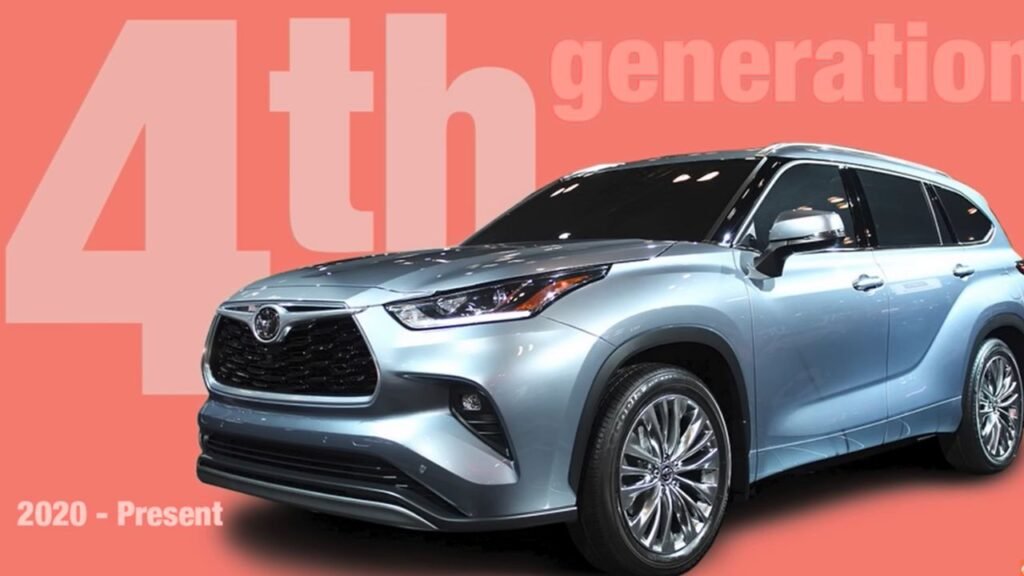
For 2020, the fourth-generation Highlander is being built on the new TNGA platform, which is short for Toyota New Global Architecture.
This platform represents an overall engineering improvement for all Toyota models, bringing better visibility, carrying over Toyota’s Safety Sense package from the previous generation, and boasting a dramatic increase in stability, a stronger cabin, and a more rigid body.
The TNGA platform also boasts a lower center of gravity, which is crucial for a higher-profile vehicle like the Toyota Highlander. The Toyota Highlander continues its dominance with reliability, resale value, and build quality.
Conclusion
Choosing the right used Toyota Highlander involves careful consideration of each model year’s reliability and reported issues. Throughout this guide, we’ve highlighted specific years—such as the 2003, 2008, 2014, 2015, and 2017 models—that have shown significant problems like engine issues, electrical failures, and more.
While these years have their drawbacks, there are still reliable options within the Highlander lineup. Early models like the 2001-2002 versions and later generations from 2016 onward generally offer better reliability, enhanced safety features, and improved performance.
RELATED POSTS
View all
